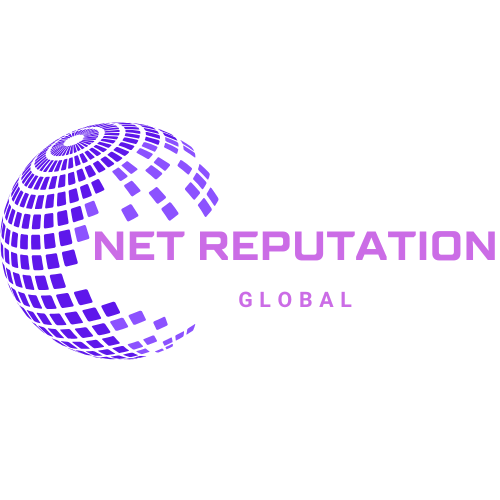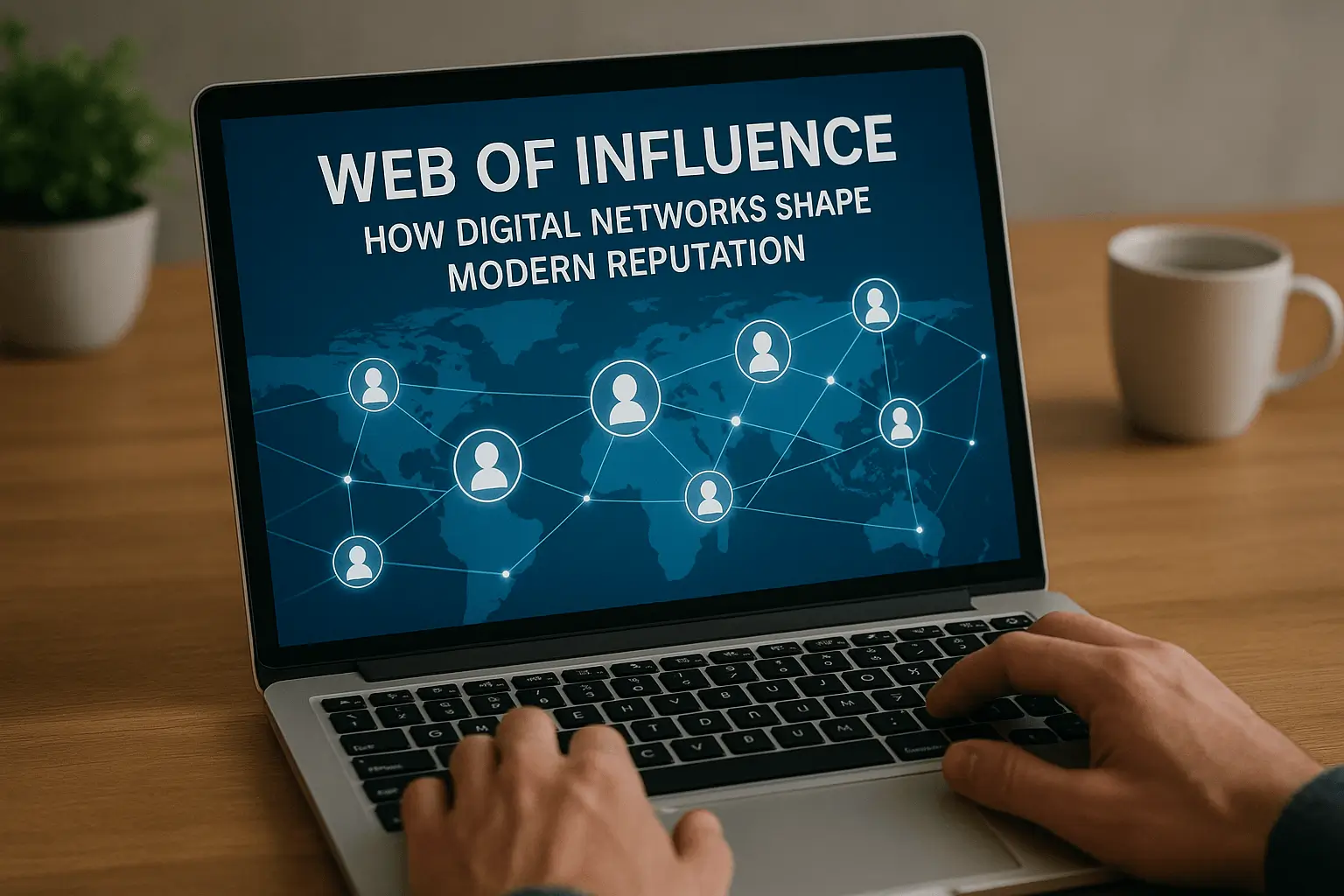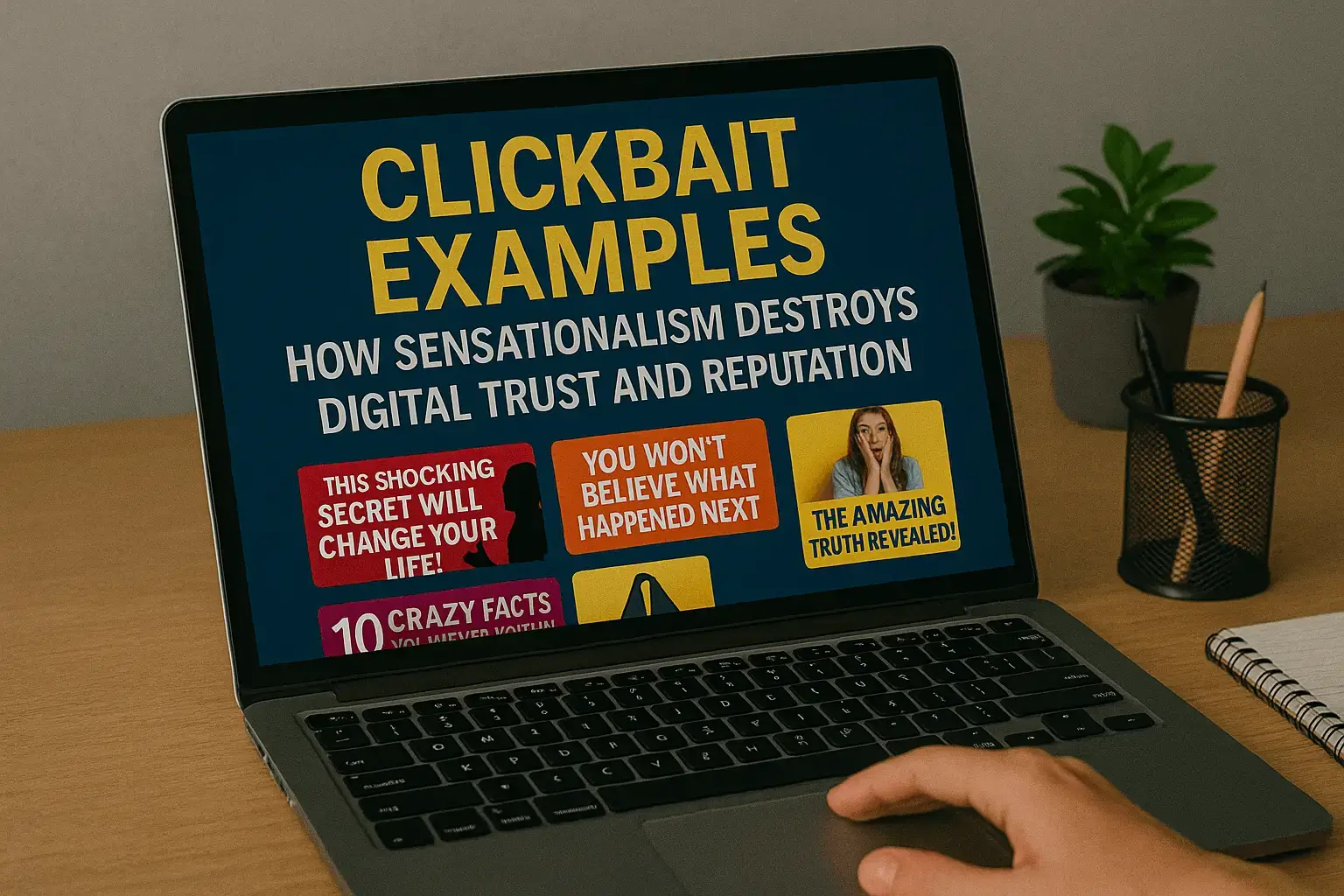
A 0.1-star increase in your rating generates a 25% boost in conversion rates. Yet businesses obsessing over perfect 5.0 ratings are actually harming their reputations—consumers are 13% less likely to purchase from businesses with perfect scores than those rated 4.75-4.9. This paradox reveals a fundamental misunderstanding of how star reviews build online reputation. It’s not about perfection; it’s about psychology, authenticity, and strategic optimization within the sweet spot that maximizes trust and conversions.
The star rating system has become the universal language of digital reputation, transcending linguistic and cultural barriers. When 92% of consumers won’t even consider a business rated below 4 stars and 59% require 20-99 reviews before trusting an average rating, understanding the science behind the stars becomes crucial for survival in the digital marketplace.
What are Star Reviews?
Star reviews are a rating system, typically ranging from one to five stars, used to quickly convey the quality or satisfaction level of a product, service, or experience. A higher number of stars usually indicates greater satisfaction, while fewer stars signal dissatisfaction. They are common in e-commerce, apps, hospitality, and entertainment, helping customers make quick judgments based on others’ feedback.
The Psychology of Star Perception
Star ratings trigger instant psychological responses that bypass rational evaluation. Understanding these mechanisms reveals why certain rating patterns build stronger reputations than others.
The Visual Processing Advantage
Our brains process visual information 60,000 times faster than text. Star ratings exploit this through:
Instant Pattern Recognition: We assess star patterns in milliseconds, forming impressions before reading any text.
Emotional Encoding: Stars trigger emotional responses—full stars create pleasure responses while empty stars activate loss aversion.
Memory Persistence: Visual star patterns remain in memory 65% longer than numerical ratings.
This visual advantage explains why platforms displaying stars prominently see 43% higher engagement than those using numbers alone.
The Goldilocks Zone of Trust
Research reveals optimal rating ranges that maximize trust and conversion:
4.75-4.90 Stars: The “Goldilocks Zone”
- Highest conversion rates across industries
- Perceived as excellent but authentic
- Suggests genuine customer feedback
- Allows room for credible negative reviews
4.91-4.99 Stars: The Suspicion Threshold
- 7% lower conversion than optimal range
- Triggers skepticism about authenticity
- Suggests possible review manipulation
- Creates pressure for perfection maintenance
5.0 Stars: The Perfection Paradox
- 13% lower conversion than optimal range
- 46% of consumers actively suspicious
- 53% of Gen Z consumers assume fake reviews
- Creates unrealistic expectations
The Distribution Psychology
Beyond averages, the distribution pattern of star ratings profoundly impacts reputation:
Natural Bell Curve: Most trustworthy pattern
- Majority 4-5 stars
- Some 3 stars showing balance
- Occasional 1-2 stars proving authenticity
- Matches expected human behavior patterns
J-Curve Distribution: Common but less effective
- Heavy concentration at 5 stars
- Sharp drop to lower ratings
- Suggests binary satisfaction patterns
- May indicate solicitation bias
Bimodal Distribution: Red flag pattern
- Clusters at extremes (1 and 5 stars)
- Few moderate ratings
- Suggests polarized experiences
- Often indicates controversy or manipulation
Platform-Specific Star Dynamics
Different platforms create unique star review ecosystems affecting reputation formation:
Google’s Local Dominance
Google Reviews command 78% market share, making their star system reputation-critical:
Local Pack Display: Stars appear prominently in local search results, often determining click-through before users see any other information.
Rich Snippet Integration: Star ratings in search results increase click-through rates by 35%.
Mobile-First Reality: On mobile, stars often occupy 40% of visible screen space for local businesses.
Seller Ratings: Achieving 4+ stars from 150+ reviews unlocks Google Seller Ratings for ads, boosting PPC performance by 17%.
Amazon’s Verification Premium
Amazon’s star system includes unique trust signals:
Verified Purchase Badge: Reviews from confirmed buyers carry 3x more weight in perception studies.
Vine Voice Program: Professional reviewer ratings influence algorithm recommendations disproportionately.
Variation Aggregation: Products with multiple variations aggregate stars, creating complex reputation dynamics.
Early Reviewer Advantage: First reviews set anchoring bias that influences all subsequent ratings.
Facebook’s Social Amplification
Facebook transformed from star ratings to recommendations, but stars persist in powerful ways:
Friend Network Visibility: Stars from friends carry 92% more influence than stranger ratings.
Timeline Persistence: Star ratings remain visible in timelines long after posting.
Cross-Platform Display: Facebook stars appear in Google Knowledge Panels and other platforms.
Emotional Reaction Layer: Ability to react to reviews adds emotional context to star ratings.
Industry-Specific Platforms
Yelp (Food/Service): Elite reviewer stars worth 5x regular users in algorithm weight.
TripAdvisor (Travel): Bubble ratings create finer gradations affecting ranking algorithms.
Glassdoor (Employment): Sub-category stars reveal reputation nuances beyond overall ratings.
The Mathematics of Star Impact
Quantitative analysis reveals precise relationships between stars and business outcomes:
Conversion Rate Correlations
3.0-3.4 Stars: Baseline conversion rate (X) 3.5-3.9 Stars: 1.5X baseline conversion 4.0-4.4 Stars: 2.8X baseline conversion 4.5-4.74 Stars: 4.2X baseline conversion 4.75-4.9 Stars: 5.1X baseline conversion 4.91-4.99 Stars: 4.7X baseline conversion 5.0 Stars: 4.4X baseline conversion
Revenue Impact Calculations
Every 0.1-star increase correlates with:
- 5-9% increase in revenue for restaurants
- 7-12% increase for hotels
- 3-5% increase for retail
- 8-15% increase for professional services
Review Volume Thresholds
Star ratings gain credibility at specific volume thresholds:
- 1-10 reviews: Ratings remain volatile and unconvincing
- 11-50 reviews: Beginning credibility establishment
- 51-100 reviews: Strong credibility for local businesses
- 101-500 reviews: Enterprise-level trust establishment
- 500+ reviews: Authority positioning in category
Strategic Star Optimization Techniques
Building optimal star ratings requires sophisticated strategies beyond simply asking for reviews:
The Selective Solicitation Method
Not all customers should be asked for reviews:
High Satisfaction Indicators:
- Repeat purchases within 30 days
- Customer service interactions ending positively
- Survey scores of 9-10
- Social media engagement with brand
Timing Optimization:
- Service businesses: 24-48 hours post-completion
- E-commerce: 3-7 days after delivery
- Hospitality: Morning after checkout
- Professional services: Upon milestone completion
Channel Selection:
- Email: 23% response rate for satisfied customers
- SMS: 31% response rate but higher unsubscribe risk
- In-person: 52% response rate but doesn’t scale
- App prompts: 67% response rate for engaged users
The Response Strategy Matrix
How you respond to different star ratings shapes overall reputation:
5-Star Responses: Express gratitude, highlight specific positives, invite return business
4-Star Responses: Thank reviewer, acknowledge mentioned improvements, demonstrate commitment to excellence
3-Star Responses: Show appreciation for balanced feedback, address specific concerns, outline improvement actions
1-2 Star Responses: Respond quickly with empathy, take conversation offline, follow up publicly with resolution
Response rates should follow the 30-32% rule: responding to roughly one-third of reviews optimizes perceived engagement without appearing desperate.
The Distribution Management Approach
Actively shape your rating distribution:
Encourage Detailed Reviews: Reviews with text carry 26% more weight than stars alone.
Platform Diversification: Spread reviews across platforms to avoid single-point vulnerabilities.
Temporal Distribution: Maintain steady review flow—10 reviews monthly beats 120 reviews annually.
Demographic Balance: Seek reviews from diverse customer segments for authentic distribution.
Navigating Star Review Challenges
Common pitfalls and their solutions:
The Perfectionism Trap
Businesses pursuing 5.0 ratings often:
- Over-respond to minor criticisms
- Pressure customers inappropriately
- Create inauthentic experiences
- Miss valuable feedback opportunities
Solution: Target 4.75-4.9 range explicitly, celebrating authentic feedback patterns.
The Neglect Spiral
Ignoring star ratings creates:
- Declining averages from self-selected critics
- Reduced visibility in algorithms
- Competitor advantages
- Reputation vulnerability
Solution: Implement systematic review generation tied to customer journey milestones.
The Manipulation Temptation
Fake review schemes ultimately fail through:
- Platform detection and penalties
- FTC fines up to $43,792 per violation
- Consumer trust destruction
- Legal liability exposure
Solution: Focus exclusively on authentic review generation from real customers.
Future Evolution of Star Systems
Emerging trends reshaping star review systems:
AI-Powered Authenticity
Machine learning increasingly:
- Detects and removes fake ratings
- Weights reviews by reviewer credibility
- Identifies manipulation patterns
- Predicts rating trajectories
Contextual Star Ratings
Platforms moving toward:
- Situation-specific ratings (delivery vs. product)
- Temporal ratings (performance over time)
- Comparative ratings (versus alternatives)
- Personalized rating displays
Blockchain Verification
Distributed ledgers promise:
- Immutable rating records
- Cross-platform rating portability
- Verified purchase authentication
- Decentralized review systems
Beyond Stars
Alternative rating systems emerging:
- Emotional response indicators
- Recommendation percentages
- Detailed attribute scoring
- Video testimonial ratings
Harness the Power of Stars for Your Reputation
Star reviews aren’t just metrics—they’re the visual language of digital trust. Every star pattern tells a story about your business, and that story determines whether customers choose you or competitors. The businesses that thrive understand that building optimal star ratings requires strategy, psychology, and systematic execution.
Net Reputation Global transforms star ratings from random outcomes into strategic reputation assets. Our comprehensive approach combines behavioral psychology, platform expertise, and proven methodologies to build the star ratings that drive real business results.
Our Star Review Optimization Services
Strategic Review Generation: Ethical systems that encourage authentic reviews from satisfied customers at optimal moments.
Rating Distribution Management: Shape natural-looking rating patterns that maximize trust and conversion.
Platform-Specific Optimization: Tailored strategies for each platform’s unique star system dynamics.
Response Excellence Programs: Train teams in psychologically optimized response strategies.
Star Analytics Dashboard: Real-time monitoring of rating trends with predictive insights.
Recovery Strategies: Systematic approaches to improve low ratings while maintaining authenticity.
Competitive Intelligence: Track competitor ratings and identify differentiation opportunities.
ROI Measurement: Connect star rating improvements directly to revenue impact.
Don’t let random chance determine your star ratings. Take control with Net Reputation Global’s scientific approach to reputation building.
Turn Those Stars Into Your Success Story
Here’s the thing about star ratings—they’re not just numbers; they’re trust signals that directly impact your bottom line. Net Reputation Global specializes in the science and art of review management. We don’t just help you get more five-star reviews (though we’re pretty good at that). We help you build a authentic review ecosystem that reflects your true value while addressing concerns before they become one-star disasters. Our data-driven approach means we know exactly what moves the needle from 4.2 to 4.7 stars—and yes, that difference matters more than you might think. Ready to shine brighter?
In the visual economy of online reputation, stars speak louder than words. Make sure yours are saying exactly what your business needs them to say.


